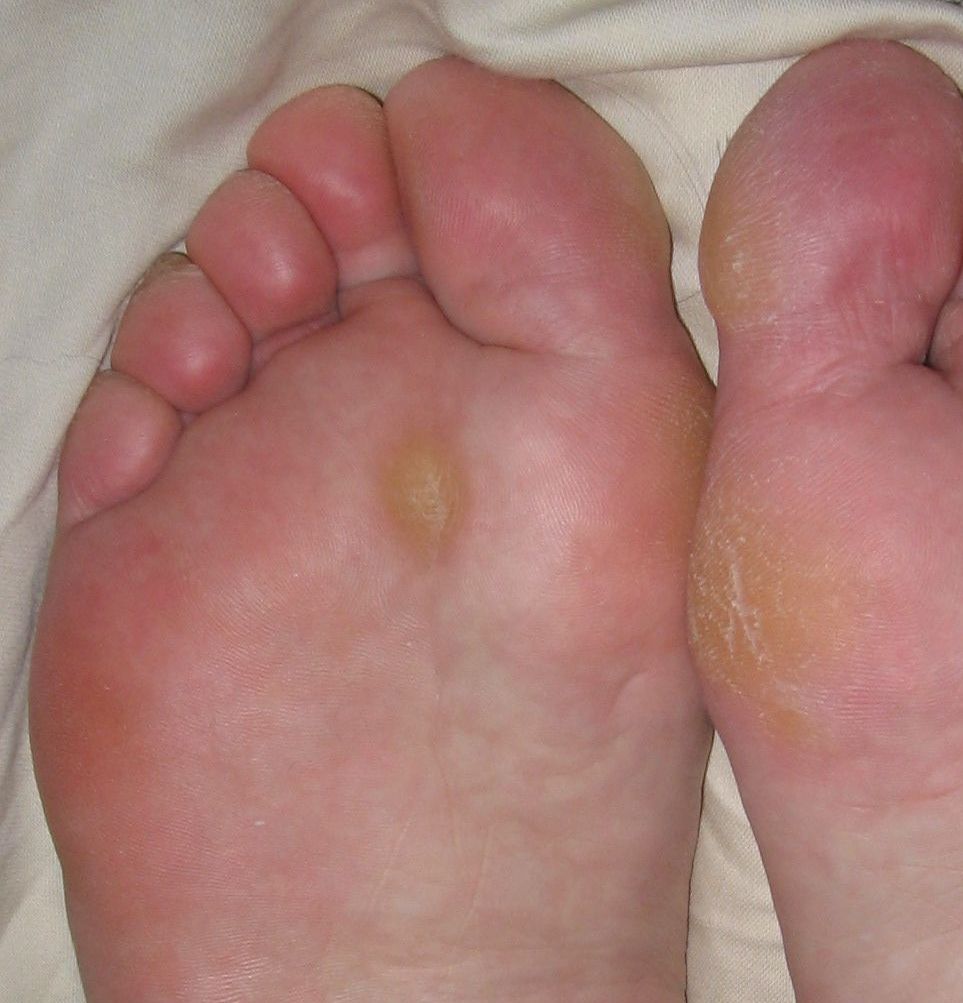cerumen
ear wax
bed bath that consist of bathing only body parts that would cause discomfort if left unbathed
partial bed bath
a patients subjective concept of his or her body including physical appearance, structure, or function.
body image
flakey, rough texture on exposed areas such as hands, arm legs, and face
effects the epidermal layer of the skin
dry skin
thickened portion of epidemis, keratoic cells, flat and painless

callus
halitosis
foul smelling breath
involves bathing from a bath ban or sink with patient sitting in a chair. patient is able to perform part of the bath.
sponge bath
knowledge about the importance of hygiene and implications for well-being influences hygiene practices
health beliefs an motivation
inflammatory, papulopustular skin eruption, bacterial breakdown of sebum
acne
keratosis caused by friction and pressure from shoes, cone shaped, round and raised

corns
maceration
softening of skin tissue
involves immersion in a tub of water that allows more thorough washing and rinsing than a bed bath.
tub bath
personal values that influence hygiene care, people from diverse cultural backgrounds
cultural variables
skin eruptions that result in over exposure to sun of moisture from an allergic reaction, inflammation
skin rashes
fungating lesion that appears on the sole of the foot

plantar warts
dry mouth
xerostoma
contains several soft, nonwoven cotton cloths that are premoistened in a solution of no-rinse surfactant cleanser and emollient
bag bath/travel bath
normal process of aging affects the condition of the body
developmental stage
inflammation of the skin, onset with erythema, pruritus, scaly, oozing
contact dermatitis
fungal infection of the foot, scaliness and cracking of the skin between the toes and on soles of the feet
athletes foot
edentulous
without teeth
antimicrobial agent used to reduce incidence of hospital-acquired infections on skin, invasive lines, and catheters.
Chlorhexidine gluconate (CHG) bath
groups that influence hygiene preferences and practices, including the type of hygiene products used and the nature and frequency of personal care practices
social practices
scraping or rubbing away of epidermis, infections occurs easily because of the loss of protective later of skin.
abrasion
inflammation of the tissue surrounding nail after hangnail of other injury. occurs in people who frequently have their hands in water, common in diabetic patients.

paronychia